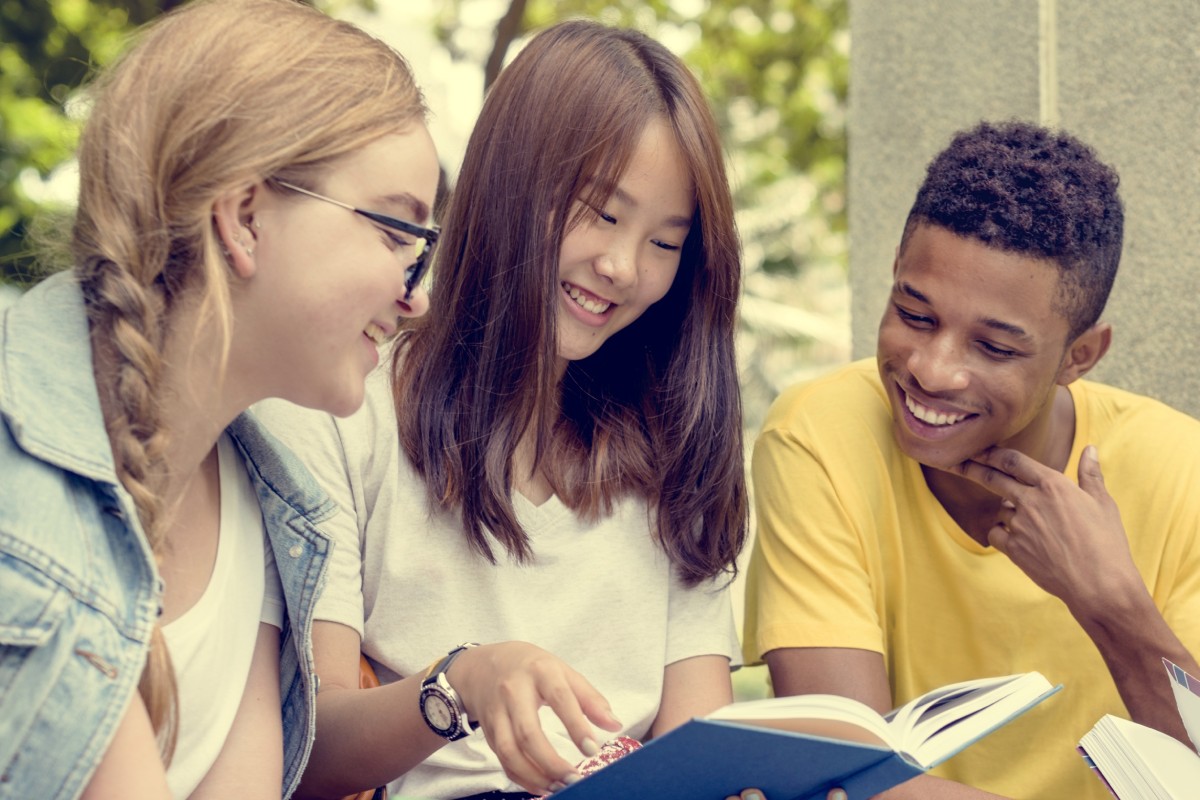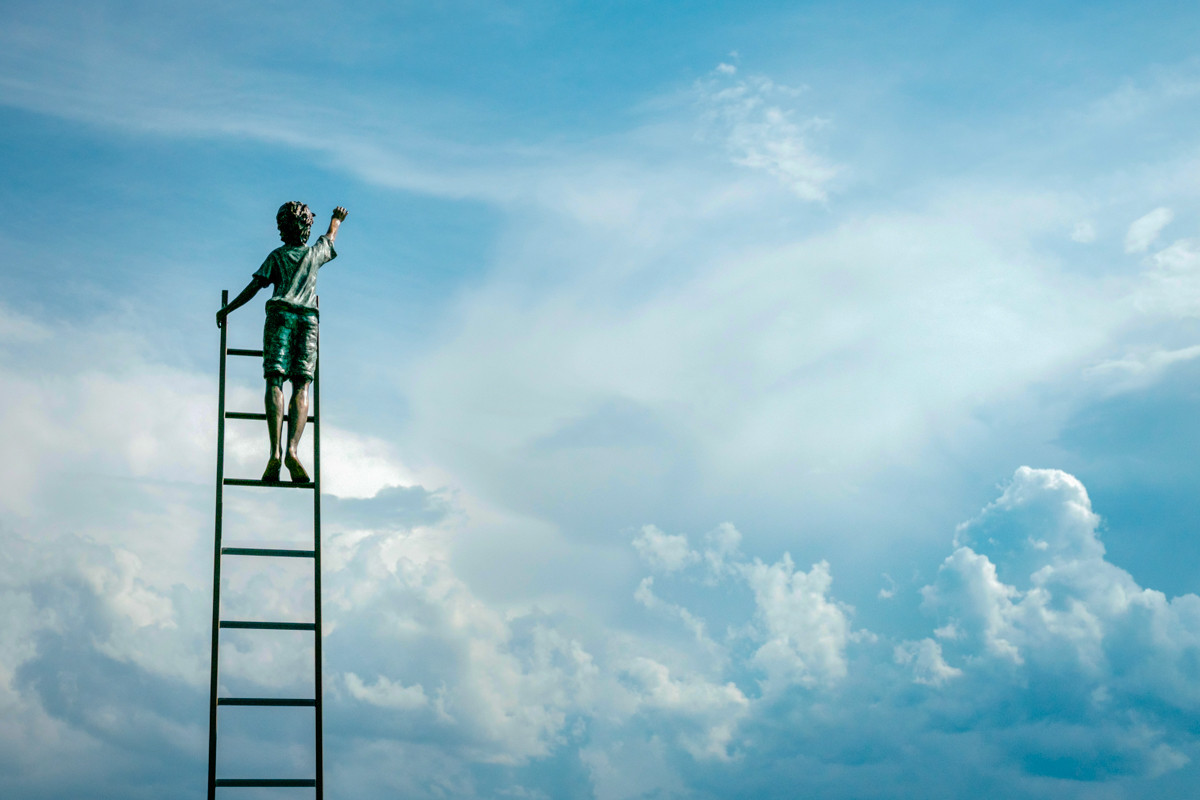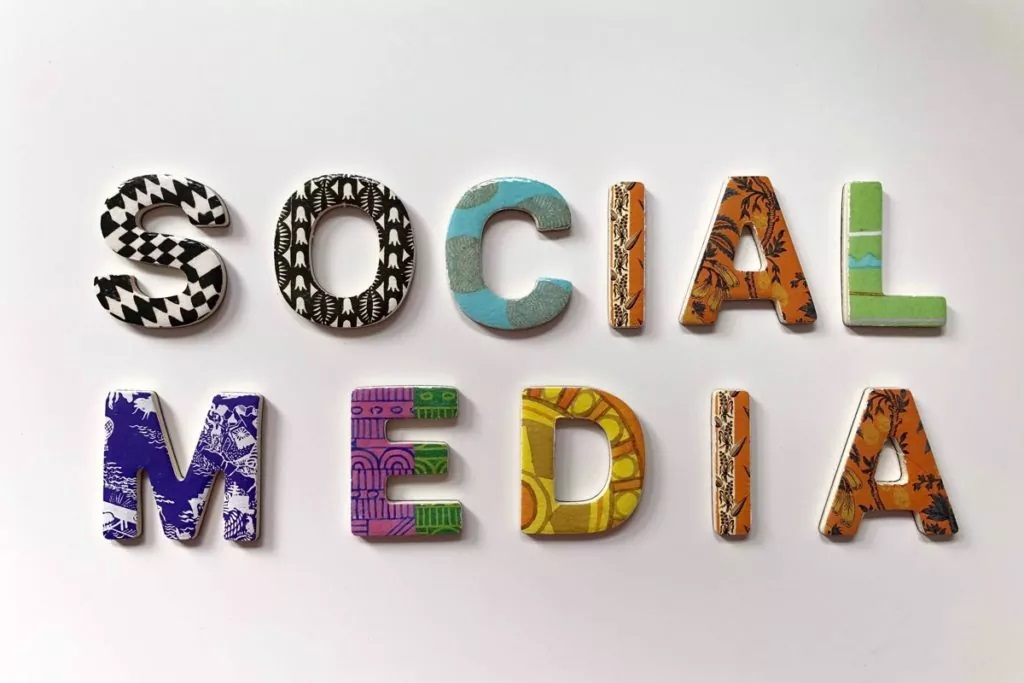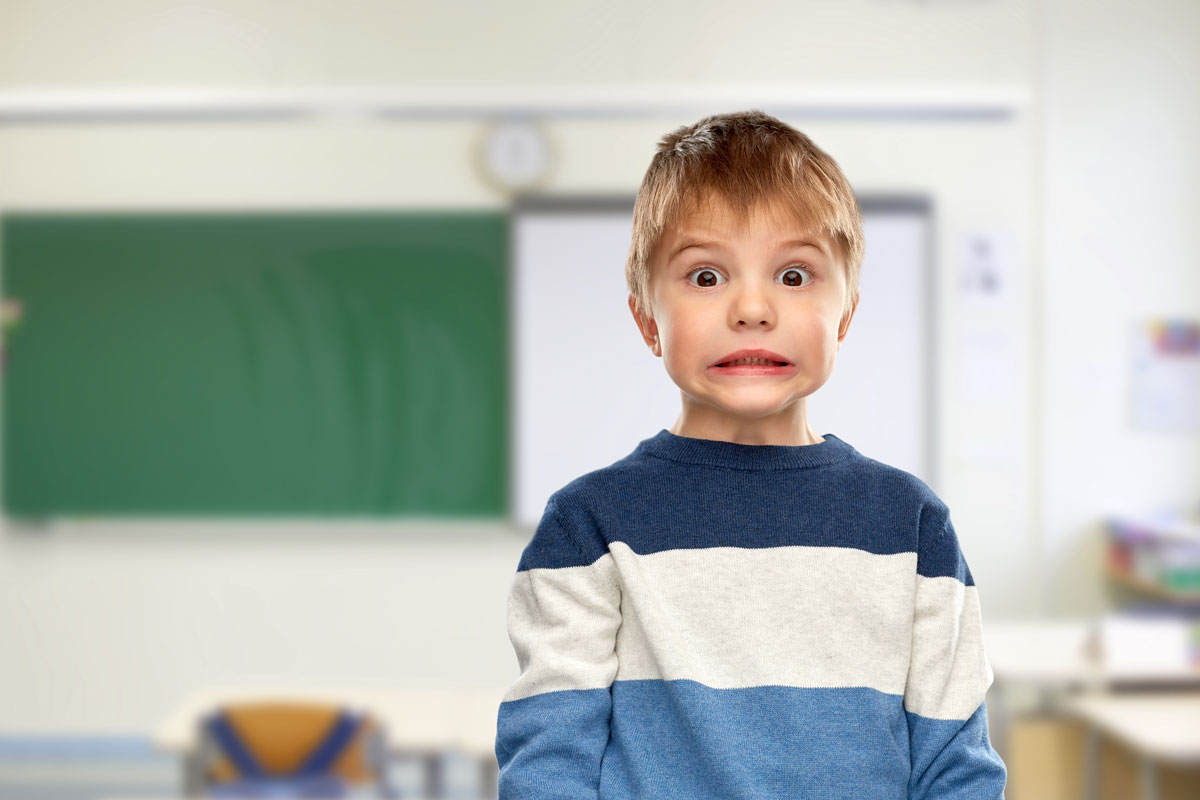Is Social Media Creating a Generation of Lonely Teenagers?
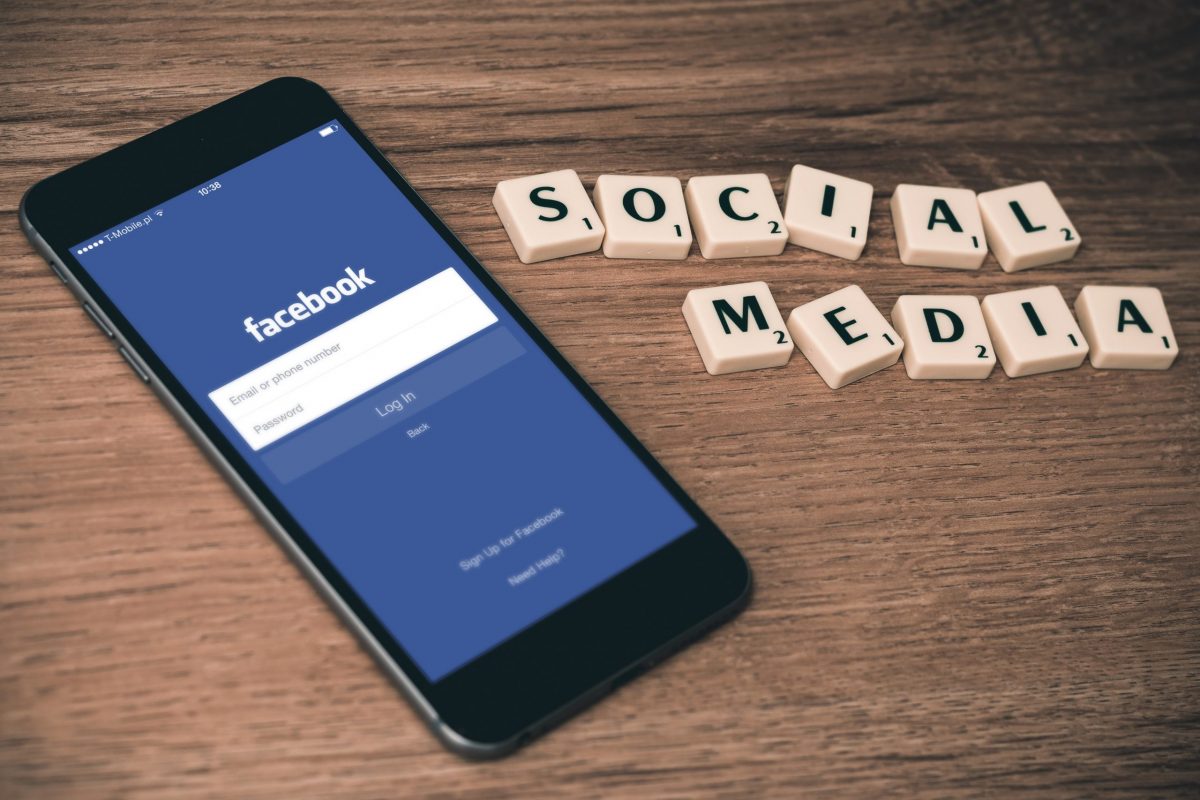
The need for humans to socially interact and connect is an inherent and important part of our identity as a species. With some arguing that the need for social interaction is on the same level as our need for food and water, social interactions help humans maintain a high level of both physical and emotional health.
In our modern society, in-person social interactions between teenagers can be exemplified with activities such as going to parties, going to the movies, riding a car for fun, or simply getting together with friends. However, as teenagers and children begin to be exposed to technological advances such as online gaming, internet messaging, and social media, a new study published in the Journal of Social and Personal Relationships has shed light on whether the displacement of in-person social interactions in teenagers has led to increased feelings of loneliness. Could the convenience of social media have unintended social consequences?

Methodology
The study utilized examined survey data from 8th, 10th, and 12th graders from Monitoring the Future and university students through American Freshman surveys. These two surveys provided a large, nationally representative sample and spanned several decades, allowing researchers to capture and analyze trends of the same age groups over an extended period of time.
The surveys asked adolescents their frequency of in-person social interactions such as getting together with friends, partying, or going on dates. The surveys also asked students several questions related to their level of loneliness and their use of social media such as MySpace, Facebook, Twitter, and Instagram.
Results
The results of the survey analysis showed a general decline of in-person social interactions. Some of the highlights of this analysis include:
- 52% of 12th graders said they got together with their friends every day in the late 1970s, as opposed to only 28% in 2017.
- University students spent an average of 13.5 hours a week socializing with their friends in 1987, versus 9.1 hours in 2014.
- More than 75% of 8th graders reported going to a party at least once a month in 1996, whereas this percentage dropped to below 55% for the same age group in 2016.
The study found that the use of social media among teenagers increased significantly after 2013. The study also found an increased spike in reported loneliness in teenagers after 2011. Over this same period, in-person social interactions dropped, leading researchers to suggest that a relationship between increased use of social media may be correlated with both less in-person social interactions and more substantial feelings of loneliness.
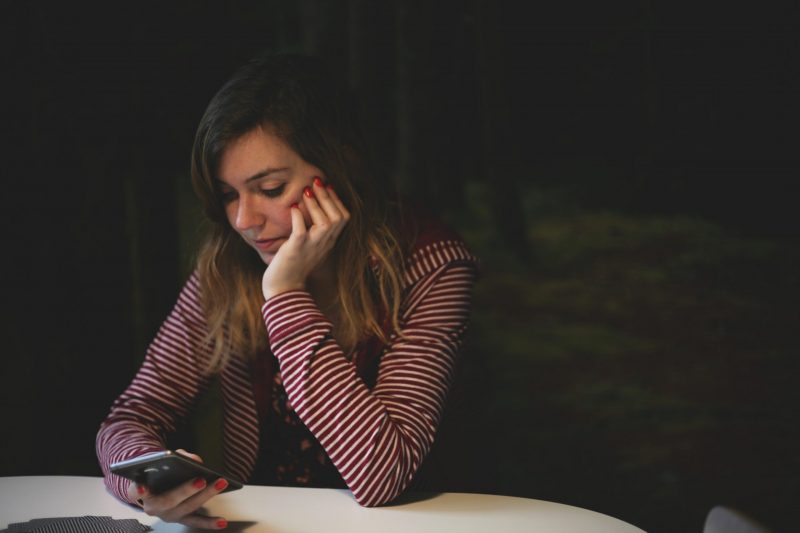
Although some of the limitations of the study include the fact that the surveys were done retrospectively as opposed to in a time-diary manner and that further research is needed to establish a greater correlation and perhaps causality between social media use and increased feelings of loneliness, the analysis of the survey data provides an important perspective on the potential negative effects of social media use, particularly during the adolescent years.
This article is available and can be accessed in Spanish here.
Twenge, J. M., Spitzberg, B. H., & Campbell, W. K. (2019). Less in-person social interaction with peers among U.S. adolescents in the 21st century and links to loneliness. Journal of Social and Personal Relationships, 36(6), 1892–1913. https://doi.org/10.1177/0265407519836170


